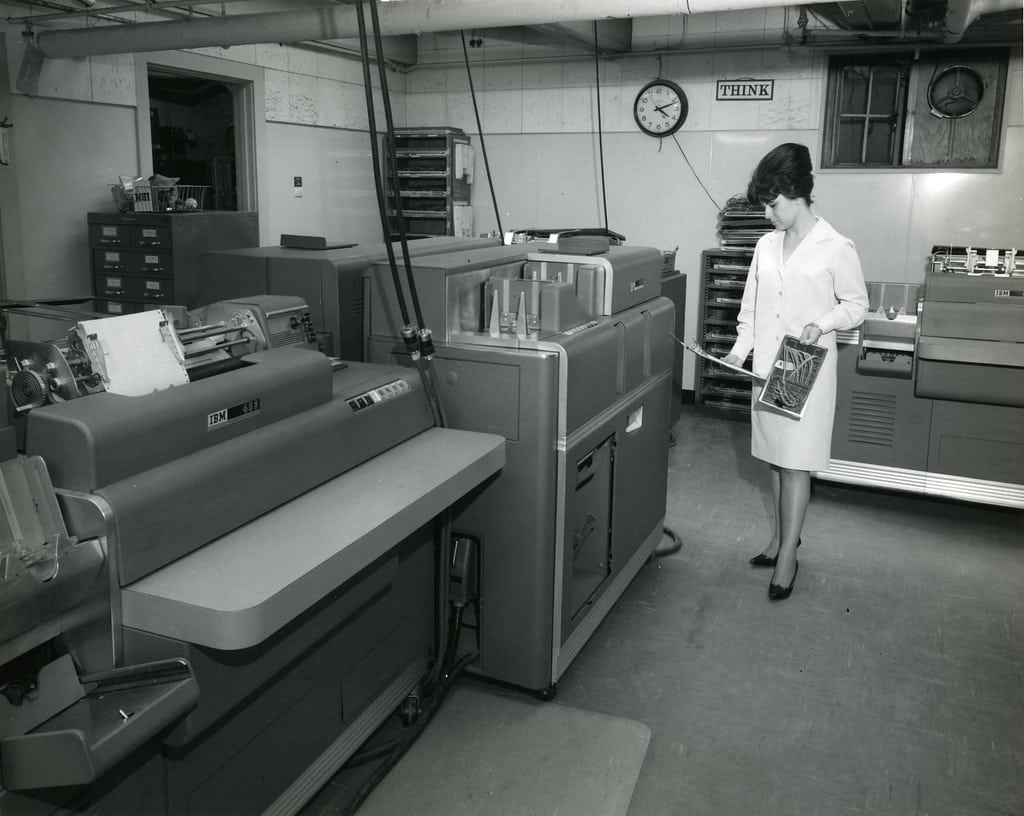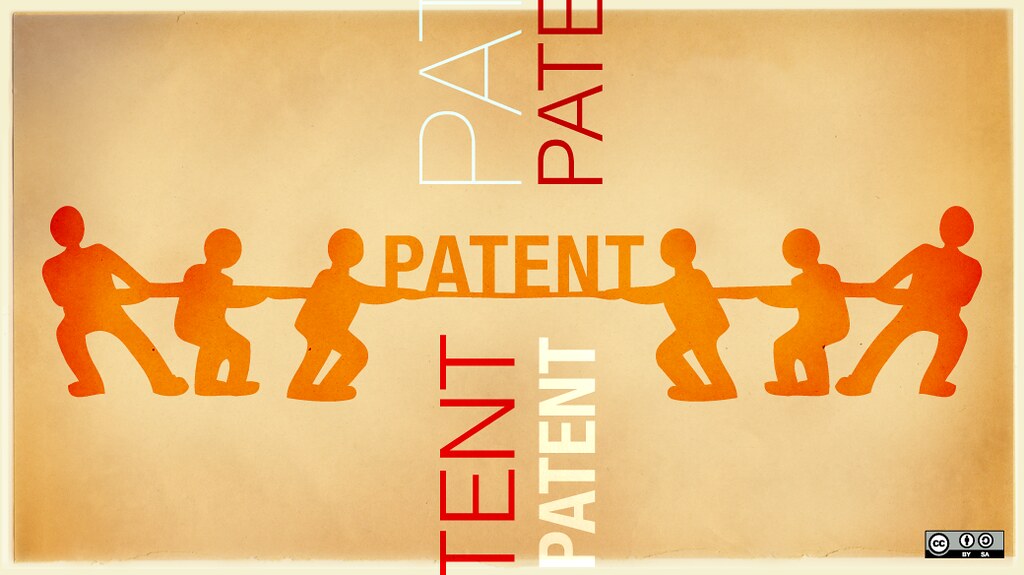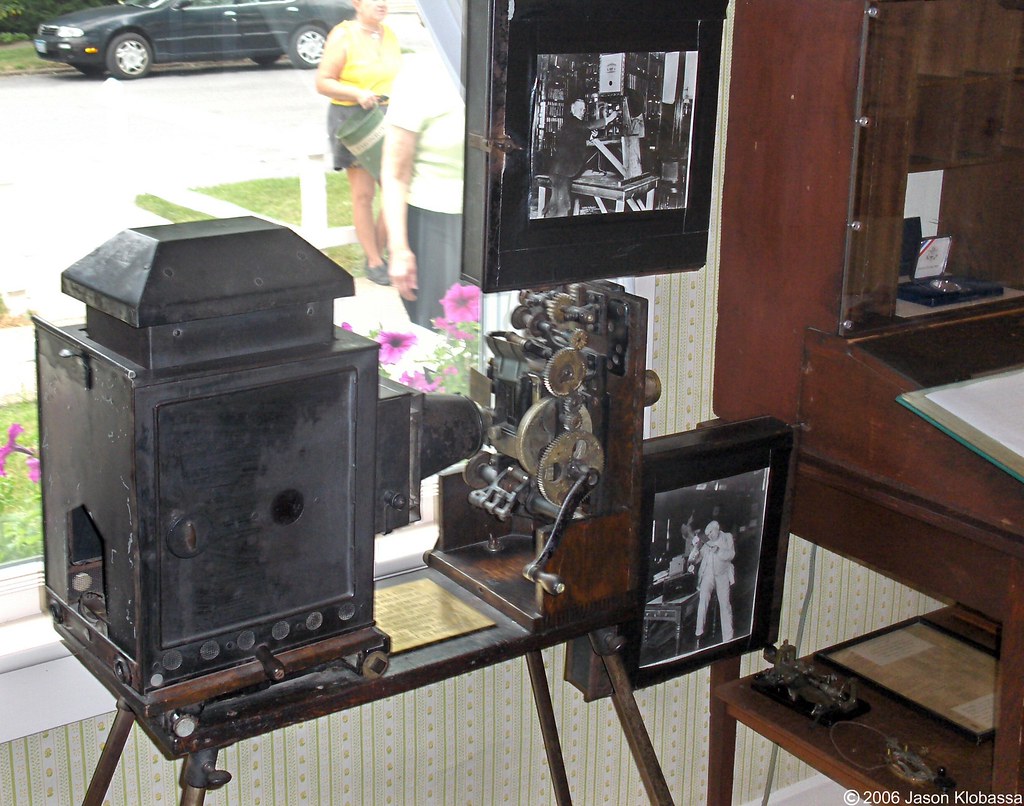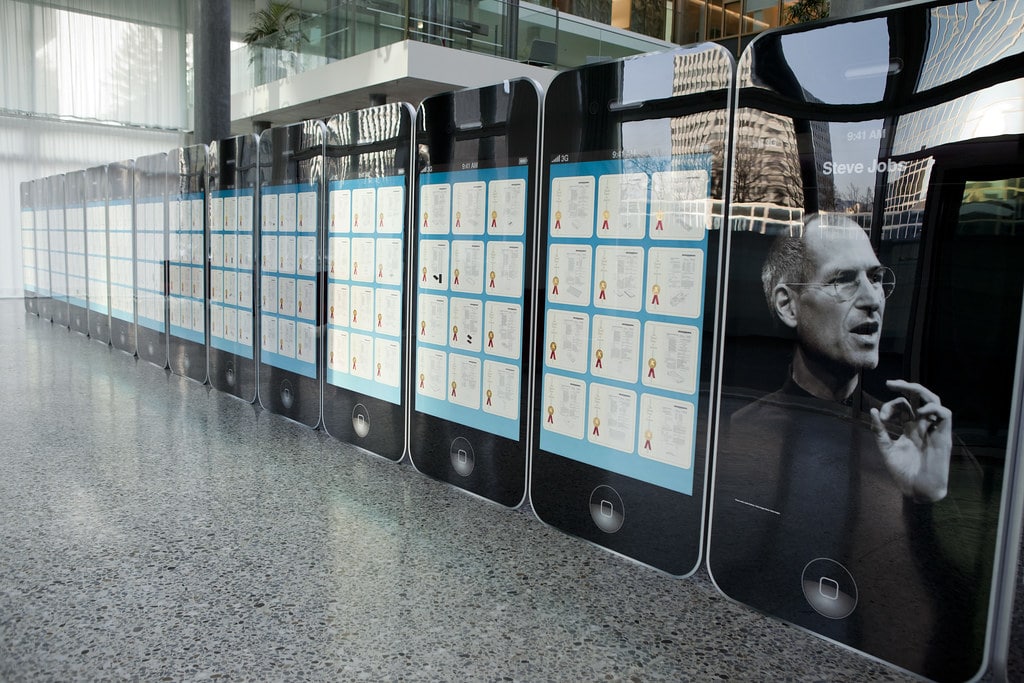Category: Patent

Patent Law: What is Rejection for Double Patenting?
In the U.S., patents are issued by the U.S. Patent and Trademark Office (“USPTO”). When a patent application is submitted, the USPTO will assign a patent examiner to the application. In general, the patent examiner is tasked with ensuring that the patent application meets the legal requirements. If the legal requirements are NOT met, then… READ MORE

Want to Fast-Track Your Patent Application? How to Successfully Navigate the Patent Prosecution Highway (PPH) Process
For inventors and owners who have received, from a foreign (non-U.S.) patent office, a notice of patent allowance or a final ruling allowing at least one claim, there is a process for fast-tracking any corresponding U.S. patent application. This is called the “Patent Prosecution Highway” (“PPH”). The PPH is an international treaty-based arrangement between the… READ MORE

Request for Continued Examination: Definition, Requirements, and Advantages
When a patent applicant receives a “final determination” — a Final Office Action — from the US Patent Office, the applicant has several options. One option is to file a Request for Continued Examination (“RCE”). Here is a brief explanation of the definition of an RCE, the requirements and advantages. What is an RCE? Essentially,… READ MORE

First Sale Doctrine: Buyers’ Rights and the Right of First Sale
The first sale doctrine is a legal doctrine that applies to copyrights, patents and trademarks. The doctrine is slightly different for the three types of intellectual properties. But, in general, in each case, the first sale doctrine prevents owners/holders of intellectual property rights from controlling what happens to a physical product or work after it… READ MORE

Does Your Patent Include an Implied License for Other Related Patents?
An express license with respect to a patent is an agreement by the owner of a patent allowing another the right to make, use, or sell the patented invention. Essentially, a license prevents a patent owner from claiming that patent infringement has occurred. Express licenses are generally in written form and tend to be quite… READ MORE

Some of the Most Important Patent Cases of the 21st Century
It is not surprising that the most important patent cases of the 21st Century have involved computer code, medical technology, and the human genome. Advancing technology and scientific knowledge tend to present unique and novel issues for patent lawyers and courts. For example, probably the most important patent case of the last twenty-one years was… READ MORE

Patent Law: What is an Inter Partes Review and Why Should I File One?
In patent law, there is a type of trial proceeding called Inter Partes Review (“IPR”). These are proceedings filed with the US Patent & Trademark Office and are conducted before the Patent Trial and Appeal Board (“PTAB”). The purpose of an IPR is to challenge an existing patent, or more specifically, to challenge one or… READ MORE

The Difference Between a Patent Filing Date and Priority Date
In patent law, the patent “filing date” and the “priority date” are two important but different concepts. Often, the filing and priority dates are the same, but that is not always the case. Here is a quick rundown on the differences and why they matter. Generally speaking, the filing date of a patent is the… READ MORE

What is a Design Patent and How is it Different From a Utility Patent?
A design patent legally protects the design embodied in or applied to an article of manufacture, but NOT the article of manufacture itself. That is, what is patentable is the design for an article including surface ornamental features, configuration and three-dimensional shape (if the shape is not functional). Essentially, design is about the visual characteristics… READ MORE

The Complete Guide to Inventorship: Inventors, Joint Inventors, and Co-Inventors
Under current US patent law, the concept of “inventorship” plays an important role. As the saying goes, in the US, patents are issued to “inventors,” not to those that may manufacture, market, and sell an invention. Thus, only the “inventor” of an invention can apply for and receive a patent. In general terms, inventorship is… READ MORE